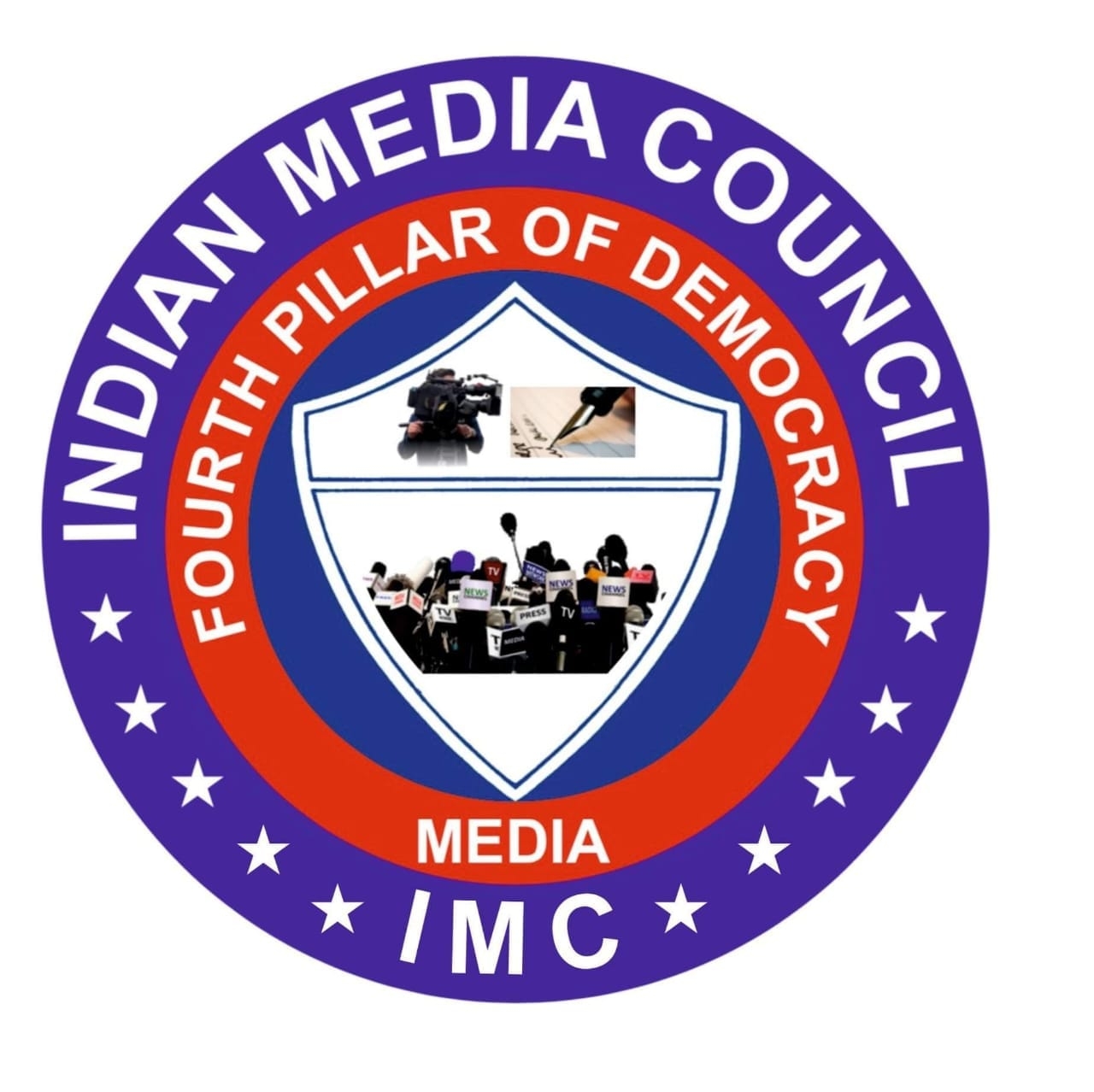The art and science of the management of the use of radio spectrum in order to minimize interference is called spectrum management. It has been efficiently used for the benefit of the public. With the growing advancement and technological development, the spectrum management is not only bound to the usage of radio, rather it has been boomed to sectors like mobile phones, laptops, connectivity like 2G and 3G and so on. It has a wide range of spectrum which has deliberately spread and has started to be an integral part of our life.
There is a huge plan in the maintenance of 3G spectrum management which lies in a special spectrum vehicle to which all individuals connect. Mobile phones use two technologies based on different parts of radio spectrum – GSM (global system for mobile communications) and CDMA (code division multiple action). But the tremendous increase in wireless utilization is coming up against the constraints of radio spectrum availability and telecommunications infrastructure. Radio spectrum refers to the parts of electromagnetic frequencies that are available for wireless transmissions. Different parts of the spectrum are used for different technologies and applications. A spectrum frequency band is a small section of the spectrum in which channels are used for a defined purpose. For example, the mobile broadband technologies utilized by smartphones and tablets, allows for high-speed access to the internet and other data services over mobile networks.
In recent years, advances in mobile technology have led to innovative applications in education, health care, transportation, and commerce. In education, there is growing interest in mobile learning, personalized education, and massive online courses which will augment India’s poorly resourced education infrastructure. Technology represents a way to overcome rural/urban disparities and bring content-rich resources to underserved areas. There is a close tie between innovations in these areas and spectrum availability and allocation. Spectrum is the foundational feature that will allow new applications to flourish or languish. Without the capacity to transmit through radio waves, it will be nearly impossible to take advantage of these new developments. In the health care area, there are applications that track health and fitness, and remote monitoring devices that record vital signs and electronically transmit them to physicians. Mobile applications empower health workers who are crucial to the delivery of care for people around the world.
One flagship program of the Prime Minister Narendra Modi government has been the creation of 100 “Smart Cities” to handle rapid urbanization in India. The key features of this program are to use technology extensively to manage complexity, increase efficiency, reduce expenses, and improve overall quality of life. The goal is to use “information and digital infrastructure to manage the energy and water use in buildings to the creation of intelligent transport networks to minimize congestion.” Major urban areas have been advised to hire a chief innovation officer, rely on local innovation capabilities, and scale innovation and foreign investment, among other recommendations.
Mobile broadband provides an unprecedented opportunity to empower individuals around the world. In order to have a viable digital ecosystem, it is crucial for India to have policies that promote competition and widespread, affordable adoption. Without this commitment, mobile growth will stagnate and it will be difficult to obtain the benefits of the mobile revolution.
With Regards
Ms.Ditipriya Das
Internship Trainee -Indian Media Council ( IMC)

